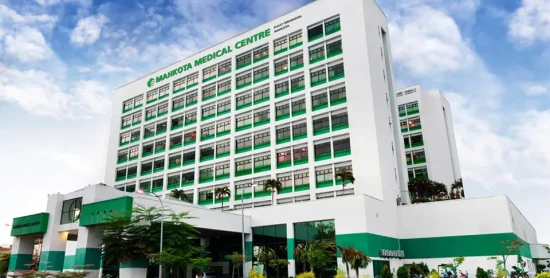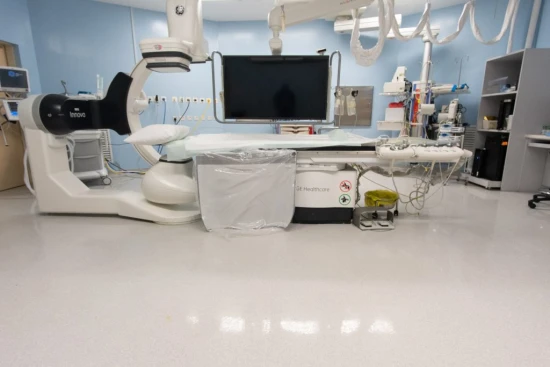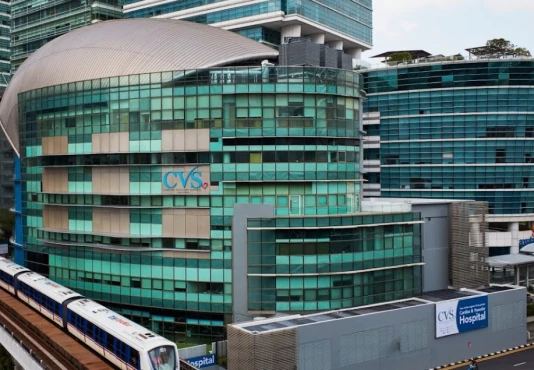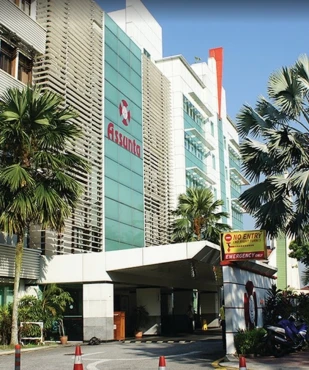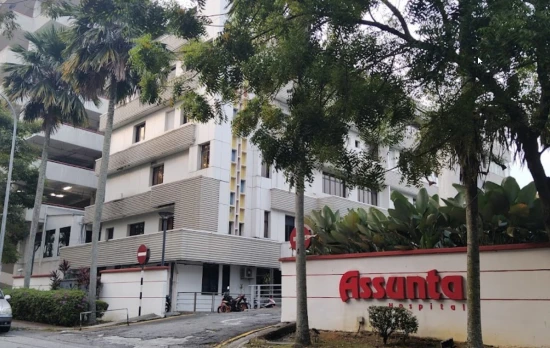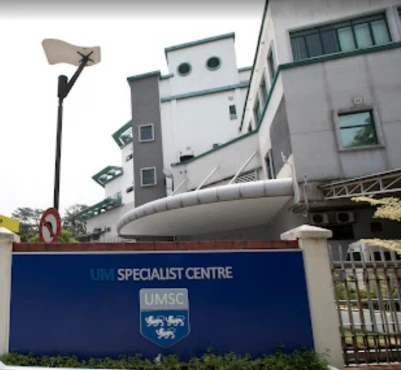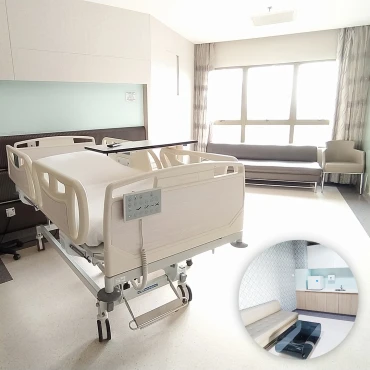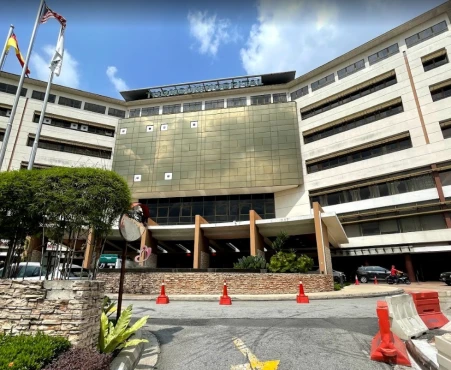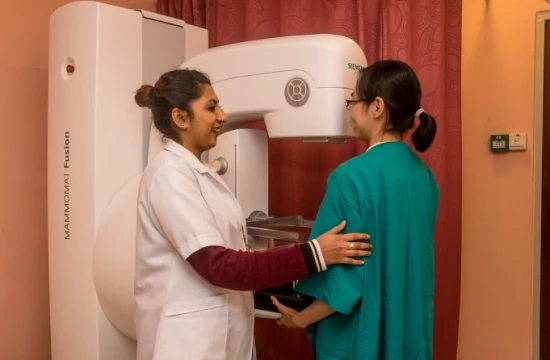Acute congestive heart failure treatment in 1 Cardiac surgery clinic in Bandar Seri Alam
1 clinic specializing in Cardiac surgery providing treatment of
Acute congestive heart failure
Acute congestive heart failure refers to the sudden onset of heart failure symptoms, such as shortness of breath, fluid retention, and fatigue. It requires urgent medical attention to manage the underlying cause and restore heart function.
Read more...
disease in Bandar Seri Alam.
Besides this clinic there are 16 Cardiac surgery clinics in Malaysia.
Such diseases are treated by Regency Specialist Hospital: Acute ST-elevation myocardial infarction (STEMI), Acute congestive heart failure, Arrhythmia, Atrial fibrillation (AFib), Chronic thromboembolic pulmonary hypertension, and others.
-
Extracorporeal membrane oxygenation (ECMO)
by request
-
Cardiac catheterization
≈ $3,496
-
Intraaortic balloon pump (IABP) procedure
≈ $4,094
-
Dual chamber pacemaker insertion
≈ $10,668
-
Coronary artery bypass graft (CABG)
≈ $26,247
-
Heart valve replacement
≈ $30,281
-
Heart valve repair
≈ $32,456
-
Aortic valve replacement (AVR)
≈ $31,510
-
Mitral valve replacement (MVR)
≈ $22,662

Nearby clinics in Malaysia
Perhaps you should consider the following clinics we have found nearby basing on your Location, Disease filters applied.
-
Cardiac catheterization
≈ $3,496
-
Intraaortic balloon pump (IABP) procedure
≈ $4,094
-
Coronary artery bypass graft (CABG)
≈ $26,247
-
Heart valve replacement
≈ $30,281
-
Heart valve repair
≈ $32,456
-
Aortic valve replacement (AVR)
≈ $31,510
-
Mitral valve replacement (MVR)
≈ $22,662
-
Transcatheter aortic valve replacement (TAVR)
≈ $39,965
-
Off-pump coronary artery bypass surgery
≈ $30,238
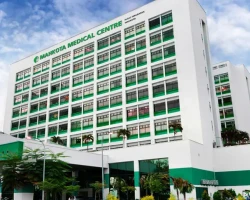
-
Cardiac catheterization
≈ $3,496
-
Intraaortic balloon pump (IABP) procedure
≈ $4,094
-
Dual chamber pacemaker insertion
≈ $10,668
-
Coronary artery bypass graft (CABG)
≈ $26,247
-
Heart valve replacement
≈ $30,281
-
Heart valve repair
≈ $32,456
-
Aortic valve replacement (AVR)
≈ $31,510
-
Mitral valve replacement (MVR)
≈ $22,662
-
Transcatheter aortic valve replacement (TAVR)
≈ $39,965
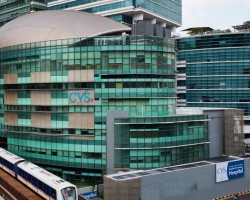
-
Cardiac catheterization
≈ $3,496
-
Intraaortic balloon pump (IABP) procedure
≈ $4,094
-
Dual chamber pacemaker insertion
≈ $10,668
-
Permanent pacemaker implantation
≈ $10,239
-
Radiofrequency ablation (RFA)
≈ $20,608
-
Percutaneous ASD closure
≈ $12,144
-
Percutaneous closure of ventricular septal defect (VSD)
≈ $12,546
-
Percutaneous coronary intervention (PCI) with stent insertion
≈ $8,392
-
Catheter cardiac ablation
≈ $13,914
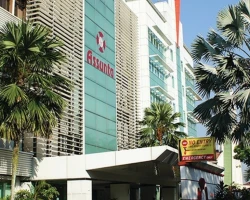
-
Cardiac catheterization
≈ $3,496
-
Intraaortic balloon pump (IABP) procedure
≈ $4,094
-
Dual chamber pacemaker insertion
≈ $10,668
-
Coronary artery bypass graft (CABG)
≈ $26,247
-
Heart valve replacement
≈ $30,281
-
Heart valve repair
≈ $32,456
-
Aortic valve replacement (AVR)
≈ $31,510
-
Mitral valve replacement (MVR)
≈ $22,662
-
Transcatheter aortic valve replacement (TAVR)
≈ $39,965
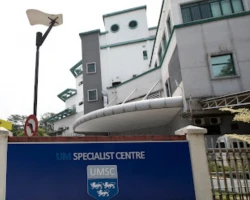
-
Cardiac catheterization
≈ $3,496
-
Intraaortic balloon pump (IABP) procedure
≈ $4,094
-
Dual chamber pacemaker insertion
≈ $10,668
-
Coronary artery bypass graft (CABG)
≈ $26,247
-
Off-pump coronary artery bypass surgery
≈ $30,238
-
Fontan procedure
≈ $22,177
-
Permanent pacemaker implantation
≈ $10,239
-
Radiofrequency ablation (RFA)
≈ $20,608
-
Percutaneous ASD closure
≈ $12,144

-
Cardiac catheterization
≈ $3,496
-
Intraaortic balloon pump (IABP) procedure
≈ $4,094
-
Dual chamber pacemaker insertion
≈ $10,668
-
Permanent pacemaker implantation
≈ $10,239
-
Percutaneous ASD closure
≈ $12,144
-
Percutaneous closure of ventricular septal defect (VSD)
≈ $12,546
-
Coronary catheterization
≈ $1,672
-
Percutaneous coronary intervention (PCI) with stent insertion
≈ $8,392
-
Removal of permanent pacemaker
≈ $6,333
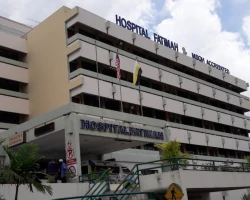
Countries with the highest number of clinics treating the diseases:
Acute congestive heart failure:
Related procedures:
Quick navigation
- Balloon angioplasty and stenting of aorta coarctation ≈ $14,529
- Cardiac catheterization ≈ $3,484
- Coil embolization of intracardiac shunts and fistulas ≈ $9,303
- Extracorporeal membrane oxygenation (ECMO) by request
- Heart tumor surgery ≈ $31,549
- Intraaortic balloon pump (IABP) procedure ≈ $4,080
- Left atrial appendage occlusion ≈ $10,643
- NobleStitch™ PFO closure procedure by request
- Open-heart intracardiac foreign body removal ≈ $43,749
- Patent ductus arteriosus (PDA) open heart surgery in adults ≈ $6,716
- Percutaneous ASD closure ≈ $12,101
- Percutaneous closure of ventricular septal defect (VSD) ≈ $12,502
- Rashkind procedure ≈ $9,774
- Surgery for tetralogy of Fallot (TOF) in adults ≈ $12,706
- Surgical ventricular restoration (SVR) ≈ $15,923
- Transcatheter closure of patent ductus arteriosus (PDA) in adults ≈ $13,359
- Ventricular septal defect (VSD) repair ≈ $17,774
- Aortic valve insufficiency
- Aortic valve stenosis
- Atrial fibrillation (AFib)
- Coarctation of the aorta (CoA)
- Foreign bodies in the heart
- Heart failure
- Heart tumor
- Heart valve disease
- Mitral valve insufficiency
- Mitral valve stenosis
- Multivalvular disease
- Myocardial infarction (MI)
- Pneumonia
- Pulmonary hypertension
- Sinus of valsalva aneurysm (SOVA)
- Tricuspid valve insufficiency
- Tricuspid valve stenosis
- Valvular insufficiency
- Ventricular aneurysm
- Ventricular septal rupture (VSR)



